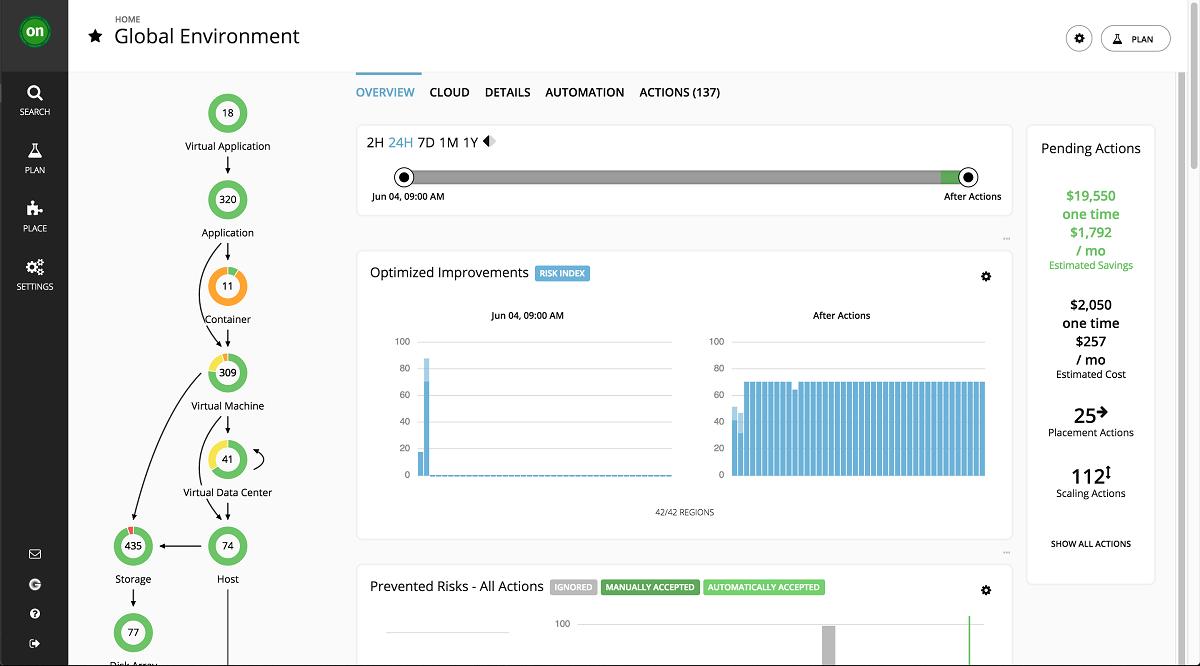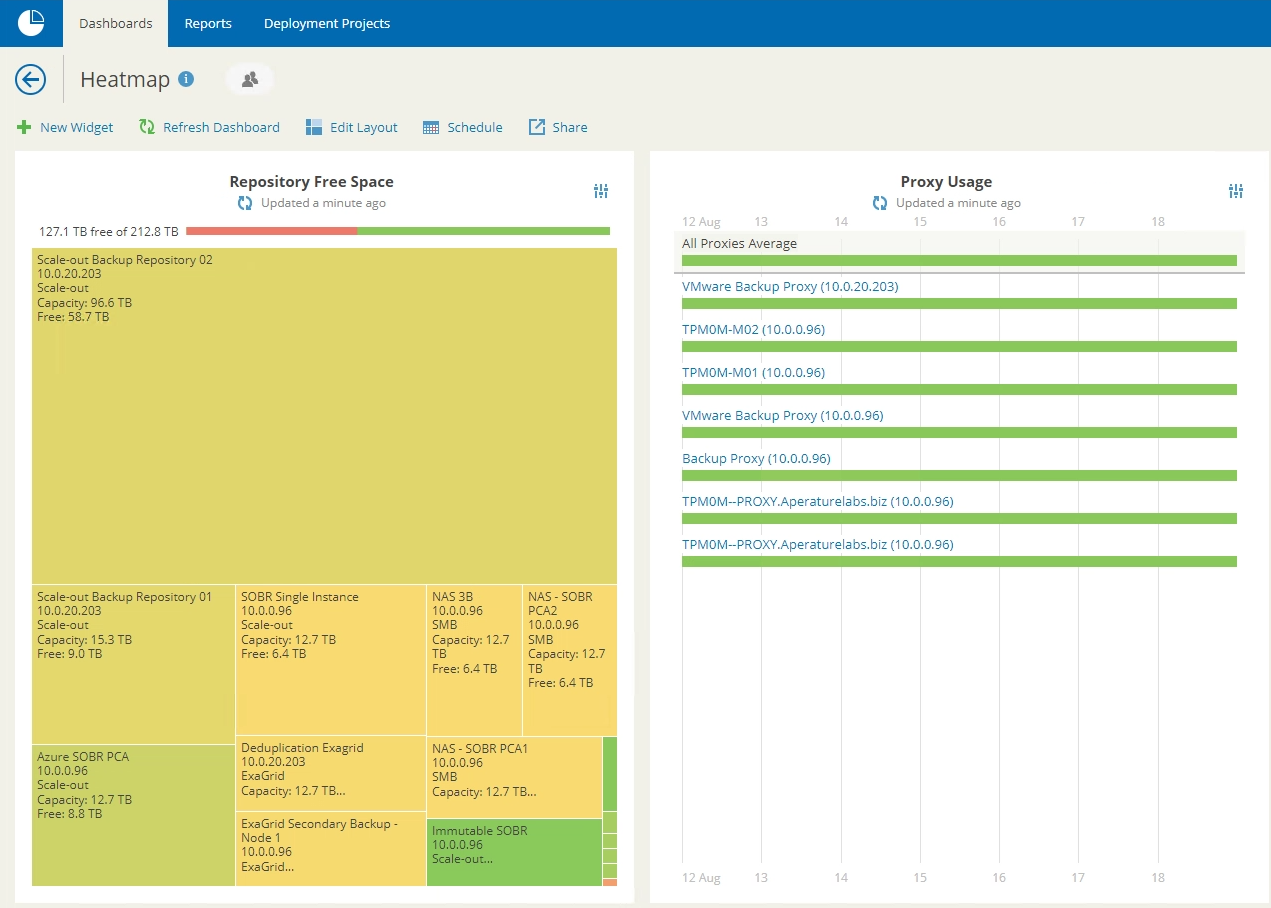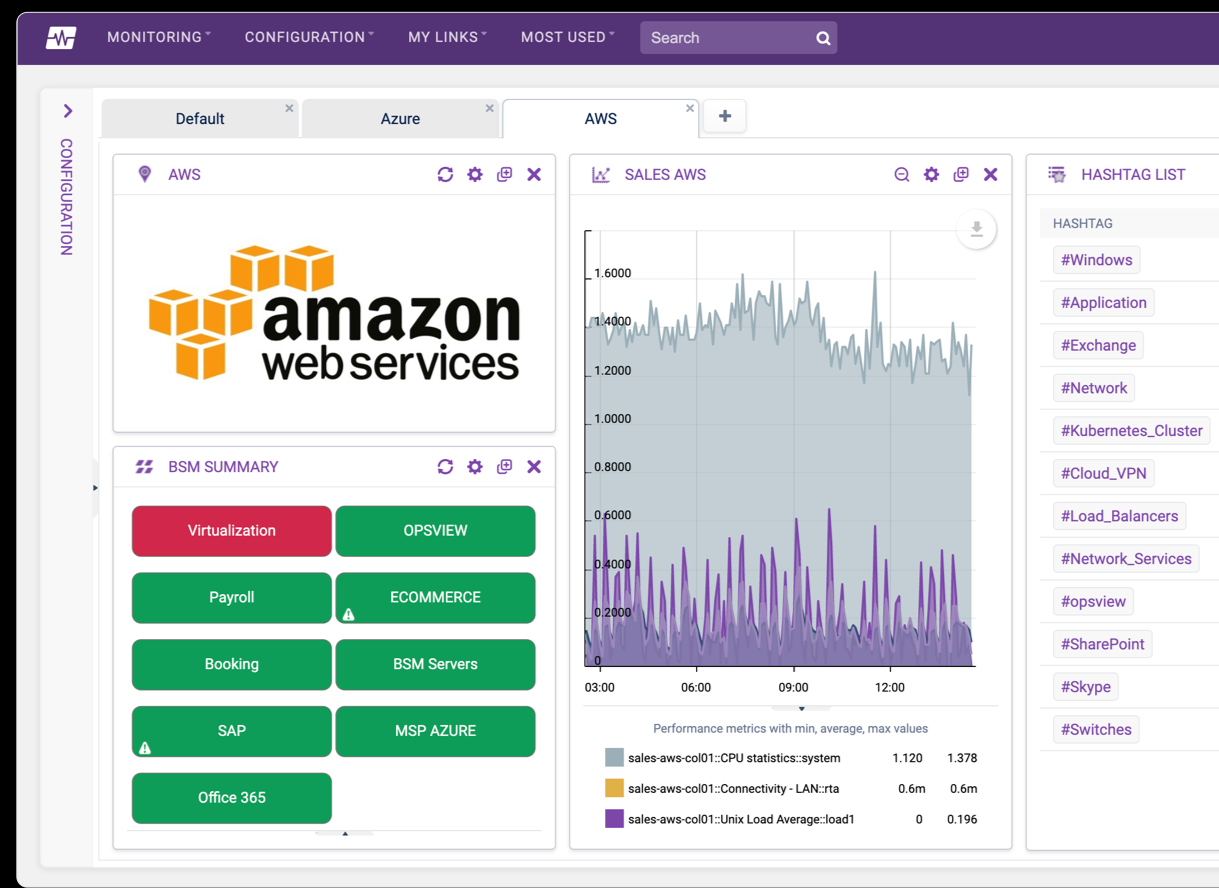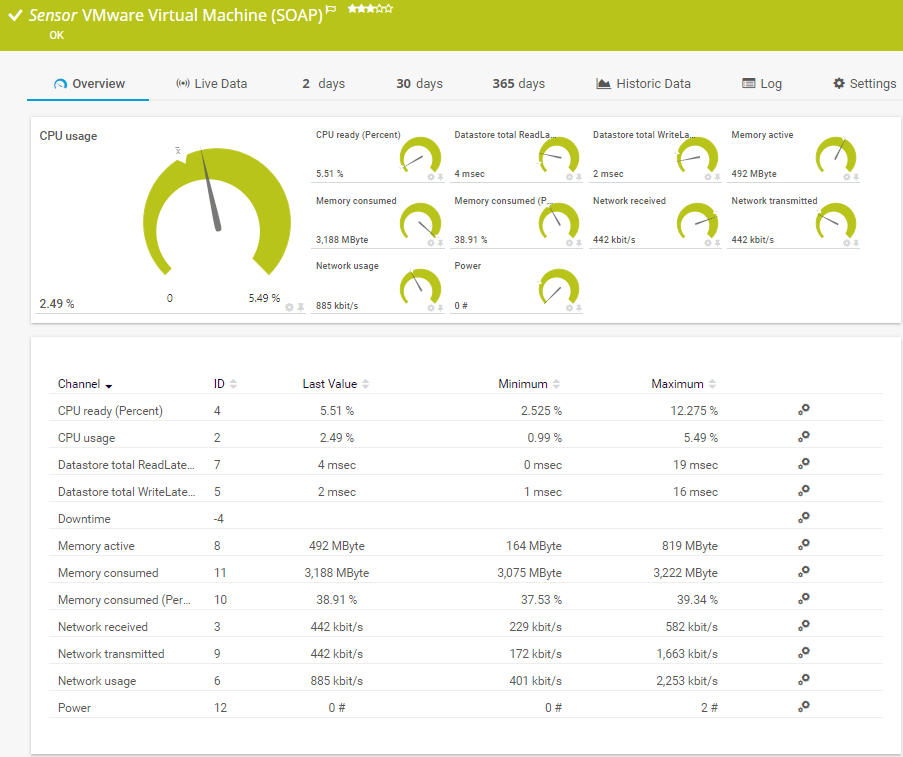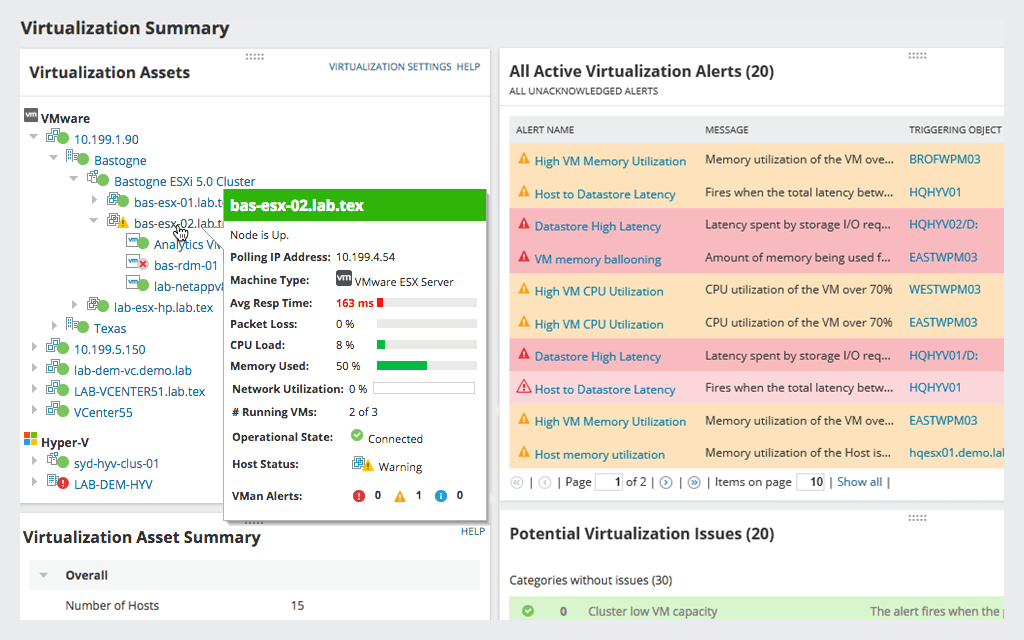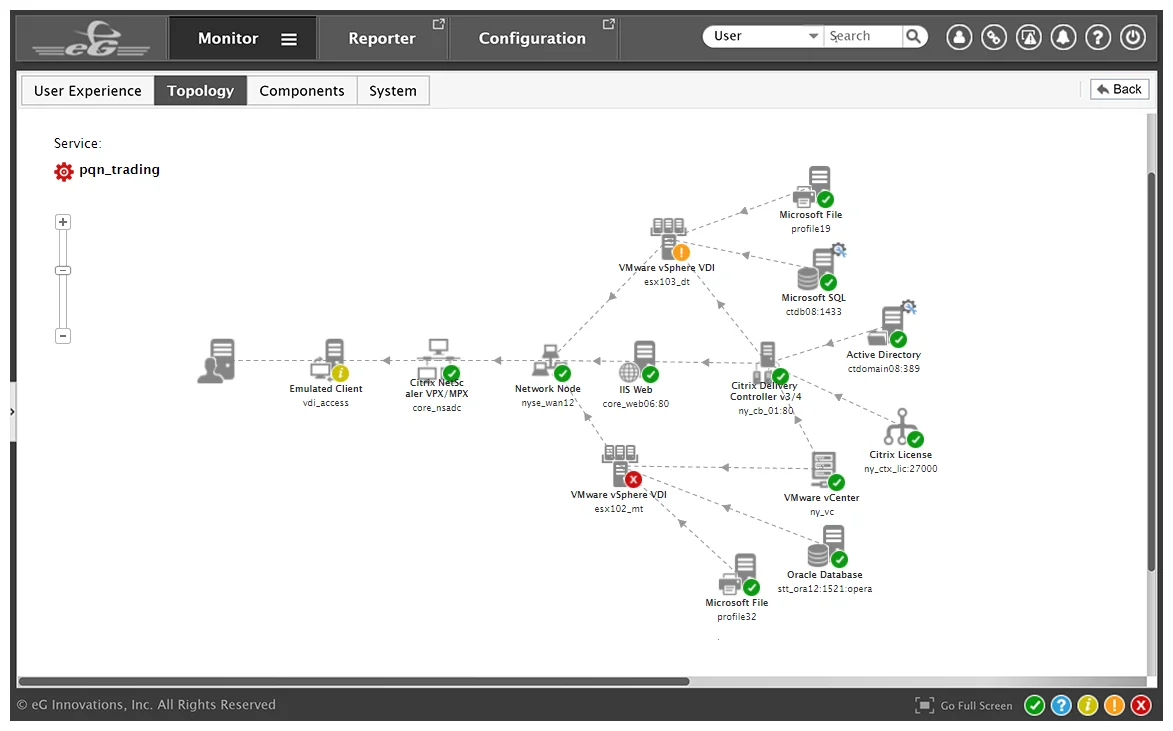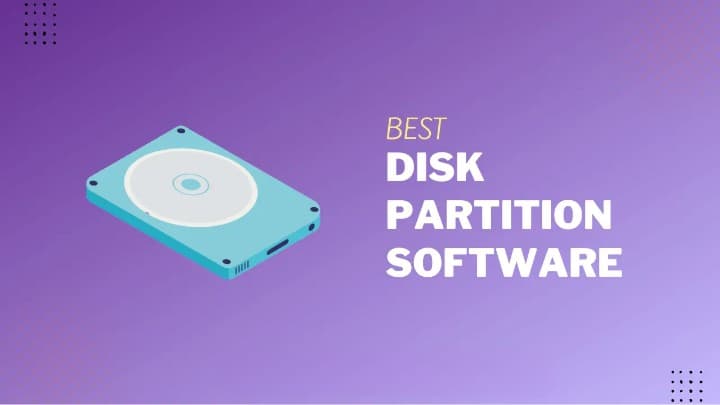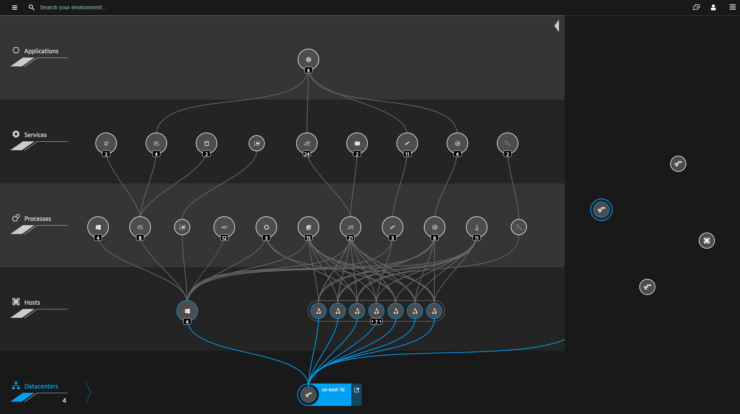
Many large enterprises and government agencies are adopting virtualization to save costs and increase productivity in today’s computing environment.
Virtualization is the method of using a single machine or server to run several operating systems and apps. Businesses can save energy, money, and space by allowing several operating systems and apps to run on the same physical device.
It is believed that the concept of virtualization first emerged during the mainframe period of the late 1960s and early 1970s. Virtual machines and virtualization are commonly used synonymously.
The primary benefit of virtualization is that it makes more processing power available on a single physical machine, enabling companies to reduce their environmental footprint and save money.
It is a technique to make IT systems more efficient and effective. Data security is also enhanced by separating data from the operating system of the machine or server on which it is hosted.
Virtualization is the backbone of some of the largest brands in technology, such as Apple, Facebook, and Google, and powers their computer systems and essential services. Virtual machines are usually used to execute these systems.
Virtualization Monitoring Tools Market size
The global virtualization market is expected to expand at a pace of 7.17% CAGR, from USD 67.99 billion in 2020 – USD 72.57 billion in 2021 and USD 110.42 billion in 2027. Solutions for virtual environment control and monitoring will only grow in scope, given the size of this market.
Virtualization Monitoring and Management Tools
Virtualization has become more popular, and with it, the number of virtual machines has increased. The number and size of virtual machines create problems in monitoring and controlling virtualized systems.
Organizations can lower the risk of data loss and downtime by utilizing virtualization monitoring and management software, which can identify and address security concerns connected to virtualization more quickly than with conventional solutions.
Multiple virtual machines need to be monitored and managed by users and IT administrators, which is a challenging task in itself. Therefore, controlling and monitoring virtual computers will become easier with specialized software or tools.
In the realm of virtualization, performance is a constant concern. The best virtual machines aren’t always the most efficient, and the most powerful virtualization technologies can be very slow.
The easiest way to find out what’s wrong with your virtualization system is to monitor its performance. Choosing a virtualization system monitoring technique that best suits your needs can be difficult, however, as there are many methods available.
In the sections below, we’ll review some of the top virtualization monitoring tools and applications.
1) Turbonomic
The first on the list of Virtualization Monitoring Tools is Turbonomic. To reduce the impact of redundant resources, IBM Turbonomic leverages an AI-based platform to deliver comprehensive insights into apps, platforms, and infrastructure, as well as optimize resources that allow them to be deployed at any time. Allows working in a virtualized environment.
Its real-time application resource evaluation feature points administrators to the apps experiencing the highest demand spikes for further investigation.
The system automatically allocates resources based on current demand, resulting in a continuous increase in performance. A Forrester TEI analysis found that Turbonomic implementation generated a 471 percent ROI (Return on Investment).
Due to its AI-based architecture, it is fully aware of the risks associated with performance and resource connections and knows exactly how to prevent resource depletion.
Principal Benefits
- Kubernetes recognizes and supports cloud, hybrid, and multi-cloud deployments. Knows the complete stack from apps to hardware.
- Tasks should be automated in a hybrid cloud environment to prevent resource congestion.
- AI-driven automation for smart app resource management.
- Enables administrators to focus on improving user experience or innovation by allowing programs to automate tasks.
Turbonomic helps businesses turn data into action by tracking resource needs across all environmental layers and guaranteeing continuous application performance. Turbonomic may be a viable option for a company looking for a multifaceted, automated AI platform-based solution to monitor and manage virtual networks.
2) Citrix Hypervisor
The most affordable platform available for desktop, server, and cloud virtualization infrastructure is Citrix Hypervisor. Citrix Hypervisor makes it possible for businesses of all sizes to consolidate and transform computational resources into virtual workloads to meet the demands of modern data centers.
It protects virtual infrastructure from contemporary threats and streamlines virtualization management while supporting your most demanding workloads.
For high-volume workloads, it offers a high-definition user experience while streamlining operational management. According to the Citrix website, Formula One racing teams use Citrix Hypervisor to monitor and evaluate car health remotely in real-time.
Principal Elements
- It is easy to integrate with existing networking and storage systems.
- Zero downtime maintenance is ensured by live migration of virtual machines (VMs) between Citrix Hypervisor hosts.
- If one server fails, virtual machines can be quickly restored to another.
The most demanding business applications, as well as a wide variety of workloads, operating systems, storage, and networking requirements, can all be handled by Citrix Hypervisor.
3) Veeam ONE
The simply integrated Veeam ONE component of the Veeam Availability Suite monitors, controls and maintains a virtual environment.
By preventing potential issues from impacting your operations, it provides intelligent solutions to provide your firm with the automation and management necessary to maintain availability.
Veeam ONE is a self-support intelligent diagnostics platform that offers customers hotfixes and self-support reconfiguration in response to proactive identification of recognized defects.
Its use of policy-based corrections and self-healing to minimize administrative overhead through automatic modifications or approvals of operations is one of its distinctive features. By predicting resource usage and trends, the program also makes it easy to calculate the cost of VMware and Hyper-V.
Principal Elements
- Proactive reporting and alerting administrators to potential problems before they fail.
- Backup heatmaps offer a quick and easy way to see the resource utilization of your backup infrastructure.
- To avoid data loss and downtime, determine whether physical servers and virtual machines are vulnerable.
- Use VMware change tracking and automatic backups to prevent unauthorized changes.
Veeam ONE is a complete solution that enables businesses to monitor their physical and virtual infrastructure in real-time, seven days a week, to prevent Service Level Agreement (SLA) violations and guarantee continuous availability for their clients.
4) VMware vSphere
The most widely used virtualization software on the market is VMware’s vSphere. Tanzu allows customers to update the 70 million or more workloads now running on vSphere.
The two main parts of vSphere are ESXi, the virtualization platform that powers the virtual components, and vCenter Server, which is used to manage the whole virtual infrastructure, including the virtual machines hosting ESXi and all other dependent components.
Management of complex and contemporary apps and virtual machines (VMs) is highly flexible on a contemporary vSphere architecture that supports container-based application development.
Additionally, it minimizes downtime by streamlining maintenance tasks such as firmware updates, patching, and software upgrades.
Here, used for enterprise-level platforms, allows customers and providers to grow without compromising operations. Both in-memory databases and high-performance applications can benefit from vSphere’s ability to scale infrastructure.
Principal Elements
- High availability, or HA, reduces downtime and increases resiliency.
- In just a few minutes, self-service Kubernetes cluster provisioning is possible through the TKG service.
- Prevents malware and ransomware from infecting hybrid cloud infrastructure.
- The vSphere Native Key Provider facilitates the provision of additional security and encryption.
Kubernetes and AI applications benefit from vSphere’s AI- and developer-ready infrastructure, which also helps with performance, scalability, and security.
5) Opsview Monitoring
Opsview is built to provide the automation, scanning, reporting, and alerting needed to meet the challenges facing businesses today.
All VMware-related components, such as infrastructure, cloud, containers, apps, networks, and more, can be monitored from a single console.
Its ability to automatically scan and import hosts into an OpsView environment, enabling it to support today’s dynamically evolving enterprise architecture, is one of its distinguishing features.
With its wizard-based functionality, you can continuously monitor your entire organization quickly and reliably by streamlining and automating the scanning and configuration steps.
With Automonitor, users can quickly and easily discover and import hosts into the Opsview environment, generating comprehensive virtual insights with minimal setup required.
Principal Elements
- Supports VMware, Microsoft Hyper-V, and kernel-based virtual machine hypervisors.
- Use VMware vSphere Express Scan to quickly find VMware objects.
- An alert system for threshold violations.
Opsview software is highly customizable and can be used to monitor and track any VMware virtual machine, whether hosted on-site or in the cloud.
6) Paessler PRTG monitoring
Compatible with popular virtualization technologies such as VMware, Microsoft Hyper-V, Citrix XenServer, and Nutanix, Paessler PRTG is a versatile monitoring system.
PRTG is an alliance partner of VMware. One of the leading virtualization platforms worldwide is VMware. Its vast feature set, low cost, and ease of use make it perfect for VMware virtual servers.
PRTG monitors many devices and services using sensor technology. Typically, a single sensor tracks a single measured value in your network, such as disk drive free space, switch port traffic or server CPU load.
Its multiple sensors enable it to monitor software and hardware factors in a simulated setting. Using pre-configured sensors, it can start monitoring immediately. It collects data on a variety of topics, including host status, cluster health, memory capacity, storage device, data traffic, and application performance metrics.
The platform has a robust, highly configurable notification system that alerts users in a timely manner to anticipate problems and avoid failures and service outages.
Principal Elements
- Proactive troubleshooting using comprehensive reports and notifications.
- VoIP services and website analytics are supported.
- Monitoring is quick and easy thanks to the automatic discovery and pre-configured device templates.
- A central app and console for overall infrastructure monitoring.
With PRTG, you have a comprehensive monitoring solution that gives you a holistic view of your virtualization environment, including host servers, apps, and virtual machines. The ideal combination of feature set, usability, and affordability is provided by PRTG.
7) Solarwinds
For small and large businesses alike, SolarWinds Virtualization Monitoring provides an end-to-end solution to manage, optimize, and monitor virtualization.
With its extensive virtualization monitoring, Virtualization Manager, a proprietary product from SolarWinds, assists IT professionals in taking command of their VMware, AHV, Hyper-V, or SQL Server systems.
With its robust virtualization monitoring capabilities, VMAN is an easy-to-use solution for monitoring cloud, hybrid, and on-premises systems. It also helps troubleshoot issues with the overall performance of hosts, datastores, virtual machines, containers, vSANS, clusters, and virtualization.
Administrators can use this tool to determine which virtual machines are running on a particular physical server, monitor the versions of their operating systems and applications, view a list of users who These virtual machines have logins, and perform other related tasks.
Principal Elements
- Helps in accurate troubleshooting and performance enhancement.
- Detailed monitoring statistics are available on the user-friendly PerfStack interface.
- Forecasts consumption data for the future and notifies users when consumption is high or low.
- Reclaim virtual resources by removing orphaned VMDK files.
If you need a complete monitoring and management tool for your virtual application stack, SolarWinds is a solid option.
8) eG Innovations
The last one on the list of Virtualization Monitoring Tools is eG Innovations. With eG Innovations virtual monitoring solution, you can view your virtual environment from any angle.
One of its unique selling points is that it maps applications, virtual machines, and all dependencies between applications together to provide deeper insights rather than viewing virtualization as a separate platform. It enables IT managers to find, identify and resolve problems before end users.
Network, database, application, virtualization platforms, and storage are just a few virtualization-related areas that IT managers can monitor in real-time.
With a single license per server and a plane for monitoring heterogeneous systems that are independent of cores or sockets, EG Innovations offers great value for money in large enterprises.
Additionally, the platform predicts consumption and capacity, which helps architects plan virtualization for future scalability. This helps the seniors with proper sizing and future expenses.
Principal Elements
- Automatic root detection in infrastructure enables quick resolution of performance issues.
- Accommodates more than ten of the most widely used virtualization platforms.
- Executive reports that include drill-downs are needed to identify problems.
- Resource optimization is simplified by comparing the workloads of physical servers and virtual machines.
No matter where the data comes from, EG Innovations is a single solution that monitors overall performance across your cloud, virtual, physical and hybrid infrastructure to enhance the user experience.
That’s it for the list of Virtualization Monitoring Tools.
Virtualization Monitoring Tools: Benefits
Virtualization monitoring improves a company’s IT infrastructure’s overall efficacy and efficiency and offers several noteworthy advantages.
Scalability Planning: Monitoring helps IT managers plan for capacity more effectively. This leads to scalability. Determining whether there is enough server or resource capacity for virtual machines (VMs) and how much additional capacity will be needed in the future is known as capacity planning.
Simple Management: Infrastructure monitors can use data to manage resources more efficiently. This significantly increases the resource allocation efficiency of the virtual environment. Not a single idle virtual machine (VM) is sucking up resources and preventing others from using them.
Load Balancing: Servers are never overloaded with resources. If a server is hosting an excessive number of virtual machines, its performance can degrade significantly.
Performance Benefits: Virtualization monitoring improves the overall performance of the virtualized infrastructure. It helps identify problems by presenting key performance indicators.
Other key benefits of integrating virtualization monitoring include reporting, automation, and alert mechanisms.
ALSO SEE:
- WeTransfer Alternatives
- Streaming Video CDNs
- Cloud Visualization Tools
- Windows VPS Hosting
- Discord Bot Hosting
- Managed WordPress Hosting
- Managed Dedicated Server Hosting
Abstract
Verifying that the virtual environment and infrastructure are running at maximum capacity and using resources efficiently is called virtualization performance monitoring. When implemented on a consistent basis, virtualization monitoring best practices can help manage security risks, eliminate bottlenecks, and maintain the seamless operation of virtual environments.
Choosing the ideal Virtualization Monitoring Tools depends on the infrastructure requirements, financial constraints and desired functionality of the enterprise.

